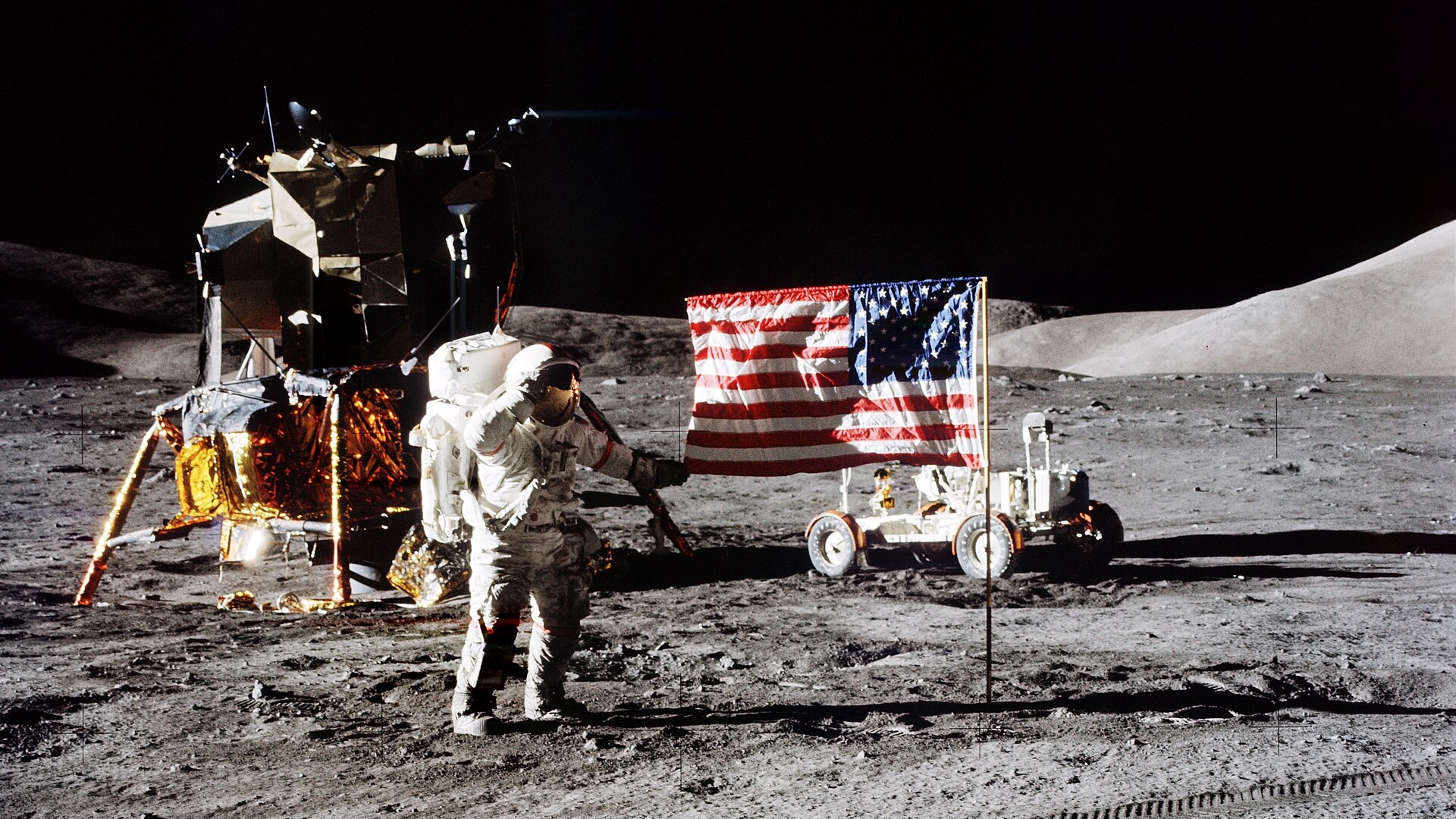Scientists discover clues of ancient moon formation in Apollo 17 samples

Source: interestingengineering
Author: @IntEngineering
Published: 10/7/2025
To read the full content, please visit the original article.
Read original articleScientists from Brown University have discovered a new type of sulfur isotope in previously unopened Apollo 17 lunar samples, providing fresh insights into the moon’s early formation. These samples, collected in 1972 from the Taurus Littrow region and stored under NASA’s Apollo Next Generation Sample Analysis (ANGSA) program, were analyzed using advanced secondary ion mass spectrometry techniques unavailable at the time of collection. The team found sulfur compounds highly depleted in sulfur-33 (33S), an isotope ratio not observed on Earth, challenging prior assumptions that the lunar mantle’s sulfur isotopic composition mirrored Earth’s.
The unexpected sulfur isotope ratios suggest that the moon’s surface retains chemical signatures from its ancient past, potentially linked to the giant impact hypothesis. This theory posits that the moon formed after a Mars-sized body, Theia, collided with the early Earth. The anomalous sulfur isotopes may represent remnants of Theia’s material, offering a unique “fingerprint” of that formative event. These findings open new avenues for
Tags
materialslunar-samplessulfur-isotopesApollo-17moon-formationisotope-analysisplanetary-science